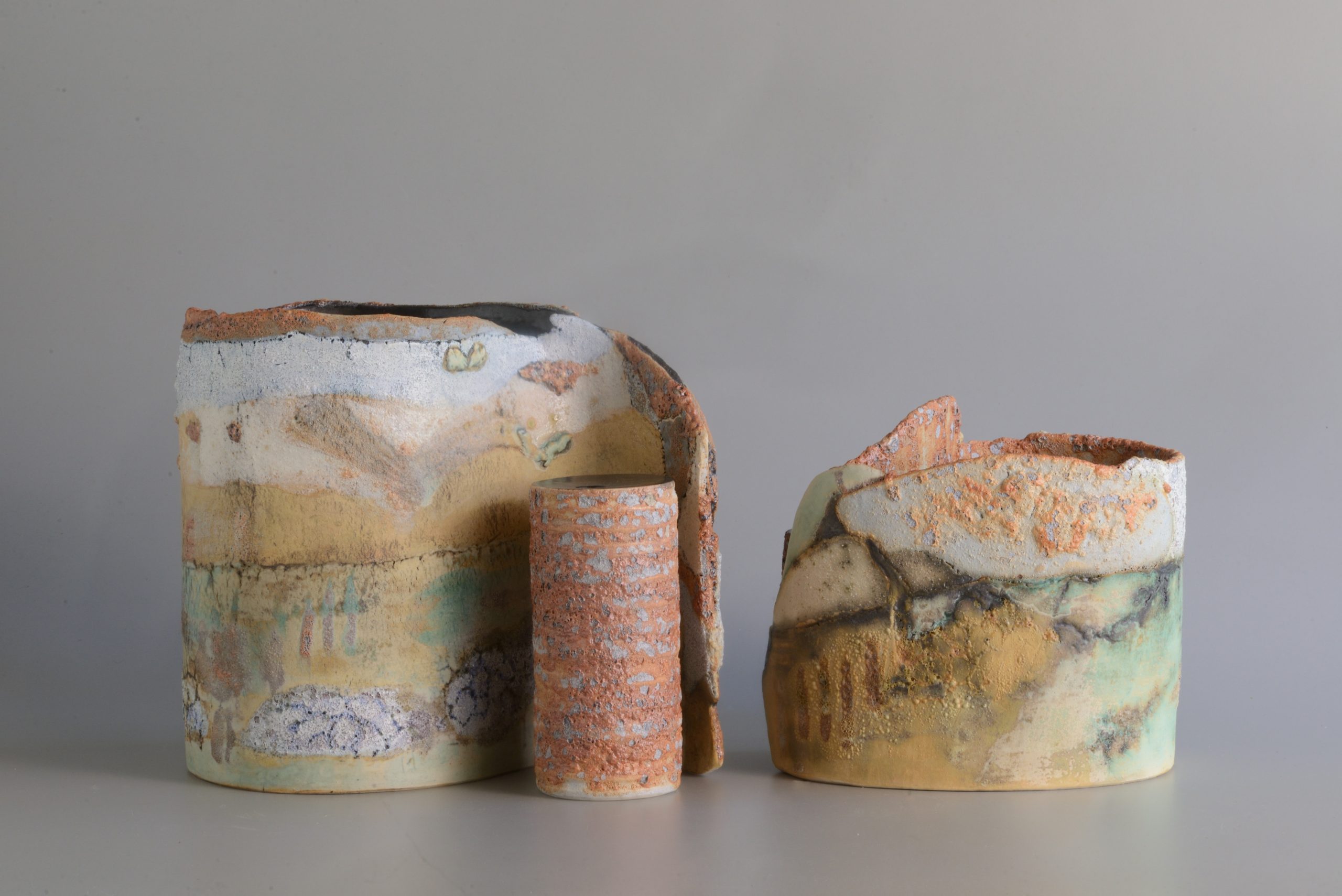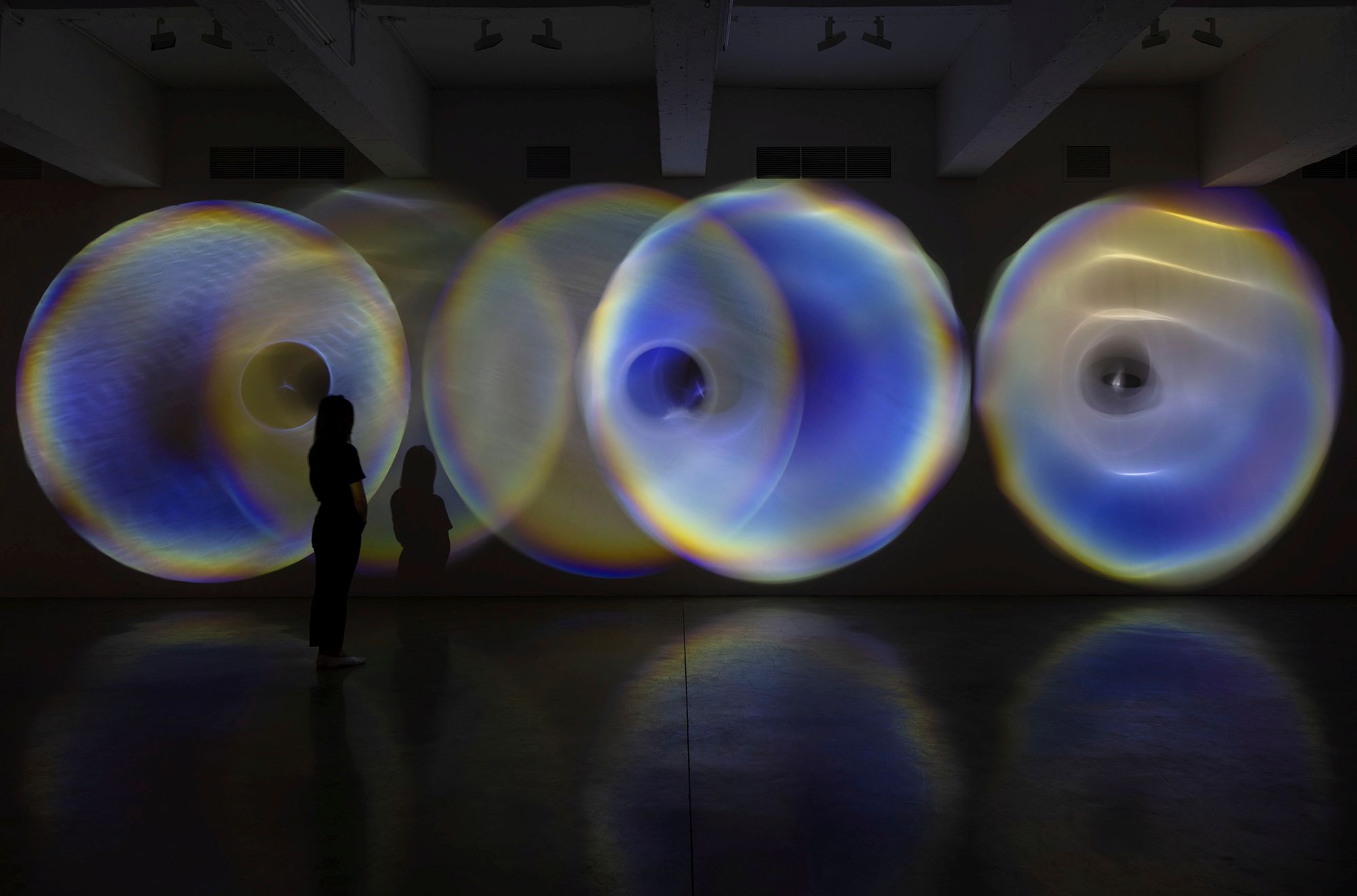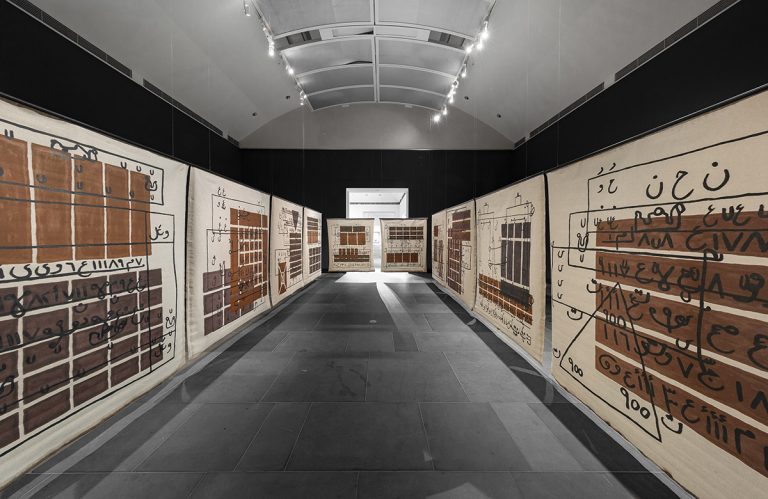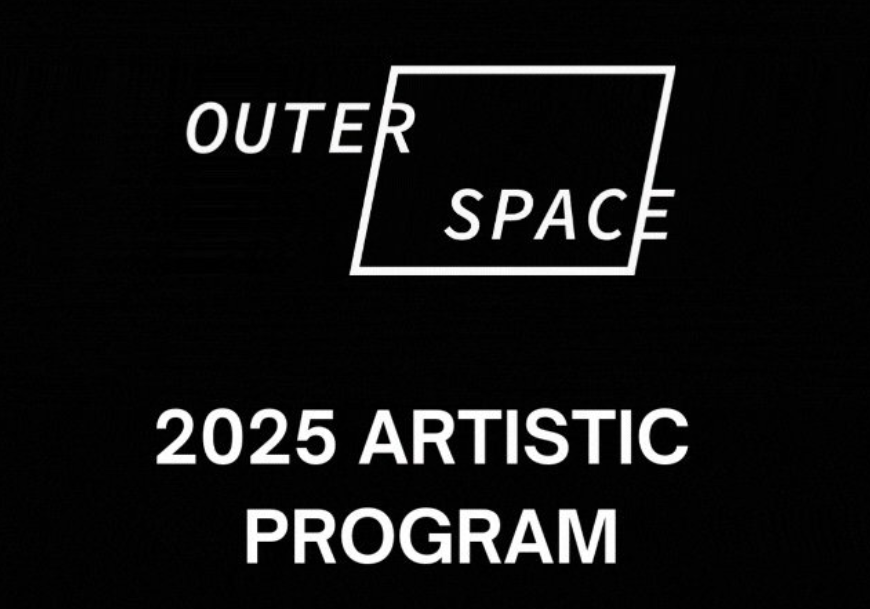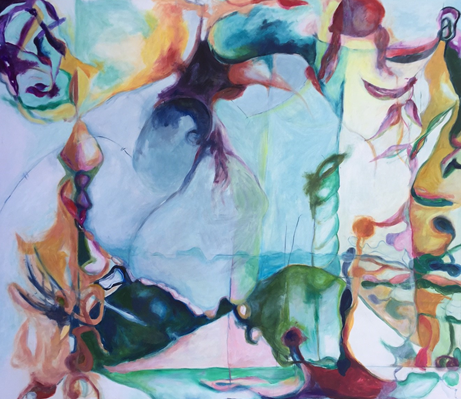
—Betwixt and Between—
In general understanding, the term ‘liminal’ refers to the ambiguity or disorientation that occurs in the middle stage of a ritual. It is a term for the threshold between the way one previously structured their identity, time, and community, and a new way once the ritual completes. In contemporary sociology, the term liminality has become used as “a prism through which to understand transformations in the contemporary world”[1]. It captures in-between situations and conditions characterised by the dislocation of established structures, the reversal of hierarchies, and uncertainty about the continuity of tradition and future outcomes.
It is clear that migration is, in part, a liminal experience: a dreamlike state of cultural transformation and disruption. The liminal stage is arguably one of the most dynamic and challenging conditions of the migration process, and the concept of liminality is being re-introduced and re-contextualised as foundational in understanding cultural shifts within expanding globalisation.[2]
In Notion of Home, Helle Cook uses painting processes to investigate this intermediate period of her migration from Denmark to Australia. Her practice demonstrates liminality in migration to be a temporal state which fluctuates and slowly fades, but never entirely resolves. As with Salvador Dali’s melting clocks, the fluidity in these works depicts time as non-linear; rather, they present experiences and issues that come with remembering them: questions of perception, memory and identity. In this way, her work typifies the sensation of leaving home, and the grapple with memory that follows… as time is rendered fluid, memories become ambiguous, unstructured, and have connections drawn between them in hindsight.
The laws of gravity and logic also do not apply in such transitional works. Shifting between abstraction and figuration, they gauge the sudden interruption, existential unease, and the disorientation of the migration process through the subtle transmission of codes, symbols and structures with uncertain outcomes. This cultural translation of meaning is described as occurring in a “Third Space” in influential theories by Homi Bhabha. Third Space is a course of interpretation in which cultural symbols are not attached to their origins, and so can be appropriated, re-historicised and read anew. Meaning is unfixed. He states: “we should remember that it is the ‘inter’ – the cutting edge of translation and negotiation, the inbetween space – that carries the burden of the meaning of culture.”[3]
As such, through allowing the painting medium agency in the process, Cook takes on a slow and intuitive method where the works can drive their own progress without a predetermined outcome; she allows for this Third Space. One is reminded of the surrealists, who sought to release the creative potential of the unconscious mind by the irrational juxtaposition of images and symbols. Bringing with her cultural concepts of hygge, she creates sanctuary to explore this space through the process of creating an image. Similarly, considered design aesthetics, something that Cook views as integral to being Danish, are set against ‘chance’. It is evidently a therapeutic approach; a means of self-exploration- one can see landscapes, creatures, cultural objects and design, with pathways, like neurones, making connections both within the painting and in dialogue with others around. It is an investigative process, and though the works are somewhat resolved pictorially, they remain unresolved in their intention.
This curiosity in the unconscious can be read in the work, but also invites the viewer. The result of such works is that they are emphatically non-prescriptive and evocative. By placing the viewer in a surreal space, one allows them to make their own connections and interpretations, taking into consideration the way “unresolved” or “undetermined” elements can create potential for new relationships to be formed. Perhaps the viewer has also experienced liminality; are they an outsider?
The dissolution of order during liminality creates a malleable situation that enables new institutions and customs to become established. Leaving spaces for contradiction, hybridity, fluidity and transition are fundamental in understanding the sensations of migration. In the experience, one does not find themselves splitting the world into neat binaries, but find themselves in an in-between state, the remainder, or the dream, that is essential in constructing culture in an increasingly globalised condition.
Written by Marisa Georgiou
—–
Essay written for the exhibition ‘Notion of Home’ by Helle Cook @ QCA Project Gallery, Southbank, Brisbane, April 2017.
[1] 2015, BREAKING BOUNDARIES; Varieties of Liminality, Ed. Horvath, A, Thomassen, B, Wydra, H, Berghan Books, Oxford, p1.
[2] Ibid.
[3] 1994, Bhabha, Homi, The Location of Culture, Routledge, p56.

